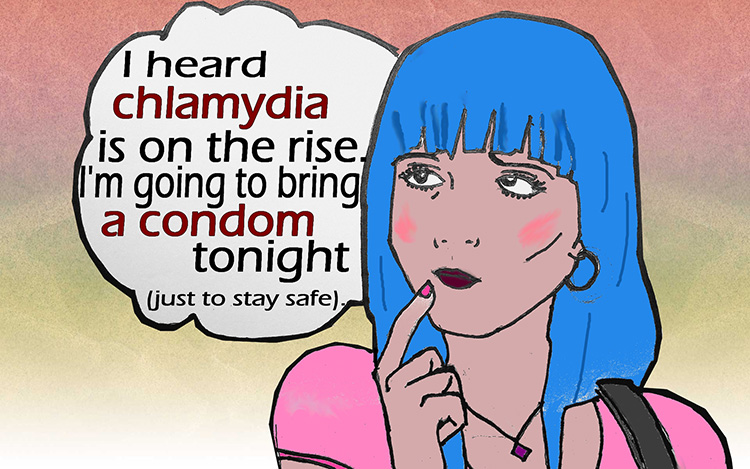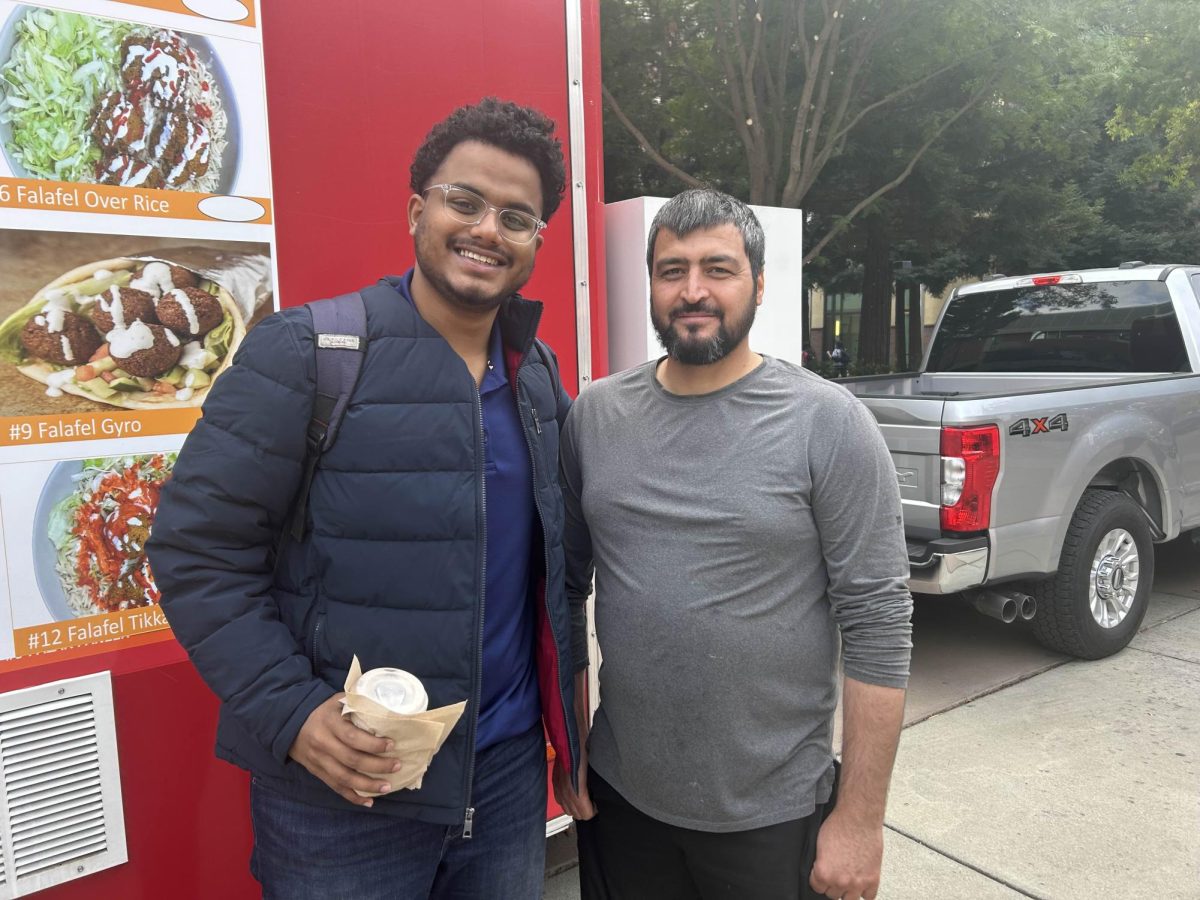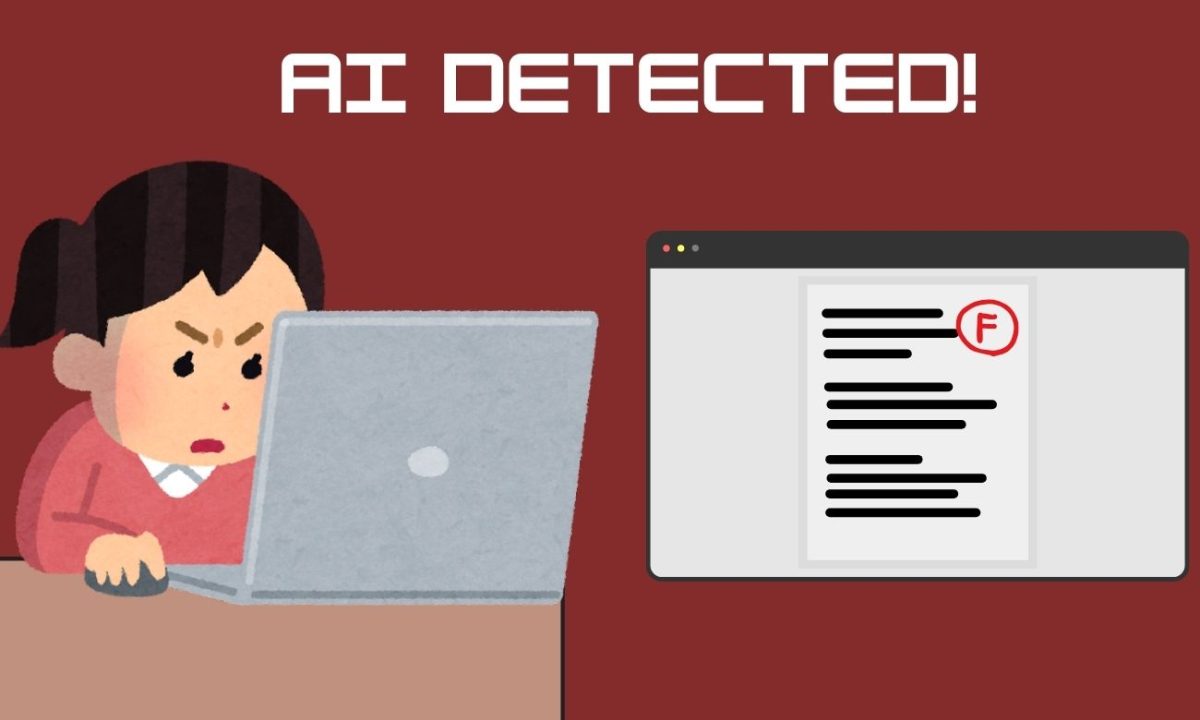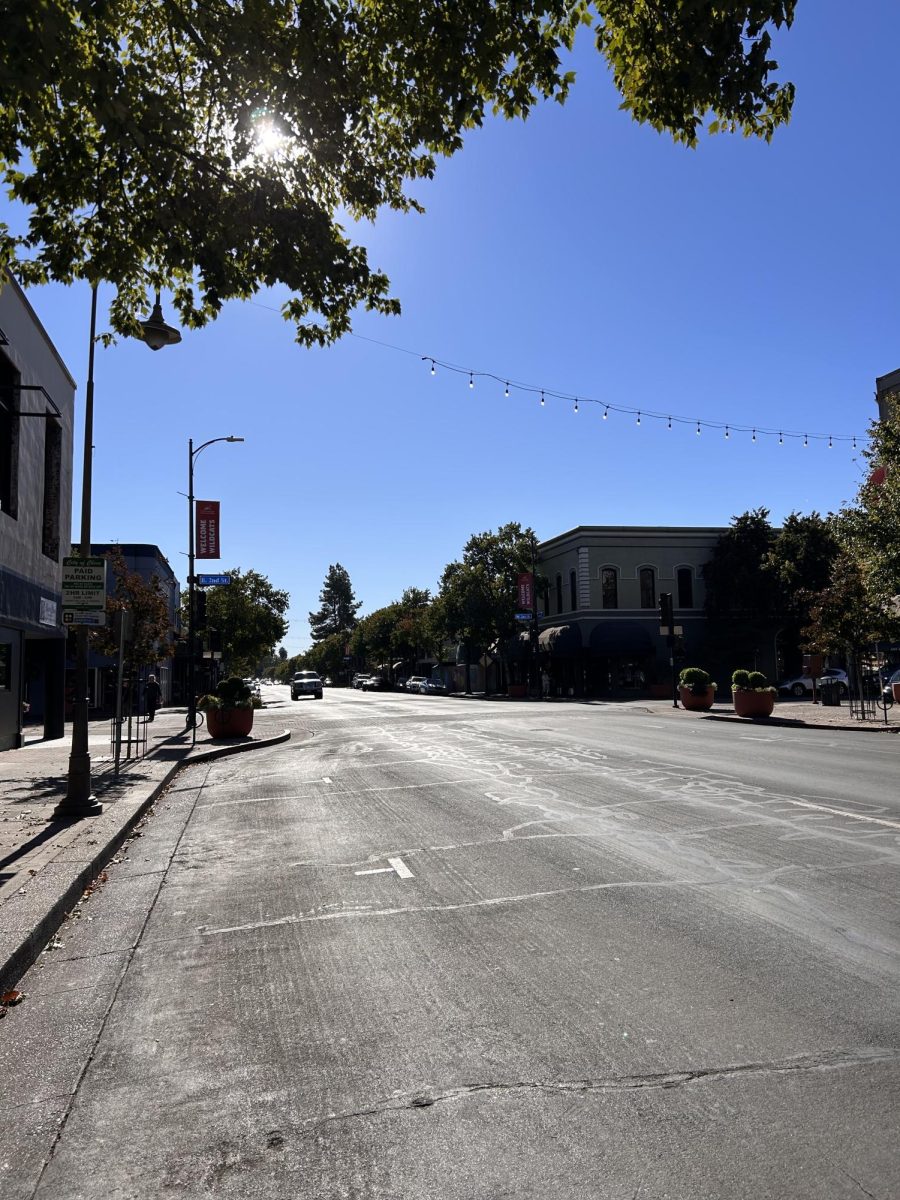While the social atmosphere ranges differently from campus to campus, at Chico State, the social life and hookup culture is universal and plays a huge part to some degree in a student’s lifestyle.
Despite being a significant part of the college experience, there is also a caution that needs to be had when it comes to sexual encounters. In Butte Country there are significantly rising sexually transmitted disease rates.
According to Butte County Public Health, the county rate for Chlamydia is at 384.5 per 100,000 people and the state rate is at 444.9 per 100,000. For HIV, the county rate is at 110 per 100,000 people and the state rate is at 363 per 100,000. The differences with these numbers do not differ by much by showing these diseases are extremely prevalent in the Butte County.
The Sacramento Bee said Gonorrhea is at an epidemic level in Butte County, where 300 cases were confirmed in 2014 doubling the rates from 2013. And they are only getting higher from here on out.
Cynthia Carrillo, a second-year student at Chico State, was not aware of the STD rates rising.
“No matter how much the campus tries to enforce safe sex, students really aren’t taking these matters into consideration when the time comes,” Carrillo said.
According to Centers for Disease Control and Prevention, there was a total of 1,526,658 cases of chlamydia nationwide during the year 2015. The overall rate of chlamydia in the United States among just women was at 645.5 of 100,000 people.
This is over double of the state and county rates. The CDC also said that during the year 2014-2015, the rate of reported gonorrhea increased 18.3 percent among men and 6.8 percent among women.
This is terrifying, especially on a college campus. There is a significant rise just in chlamydia, and it’s not just limited to Chico State. This has become a problem for the United States.
The CDC wrote that reported cases of three nationally STDs — chlamydia, gonorrhea, and syphilis — have increased since 2006.
Diseases among men who have sex with men have been increasing since at least 2000 and in 2014, the rates increased and men having sex with other men account for 83 percent of reported cases. More than half of these homosexual men are diagnosed with syphilis and were also HIV-positive.
Aside from that demographic, many young people are also being affected by STDs. Data from CDC in 2014 shows that the youth are still at the highest risk of acquiring an STD, especially between the ages of 15 and 24.
This age group made up two-thirds of all reported cases of STDs. This age group varies among high school students to college students, making many students highly more likely to become affected by STDs.
Dr. Gail Bolan said, “The consequences of STDs are especially severe for young people because chlamydia and gonorrhea often have no symptoms. Many infections go undiagnosed and this can lead to lifelong repercussions for a woman’s reproductive health.”
If a student is engaging in sexual activity, they should also be keeping up to date with trends and increasing rates within the topic as well as getting a routine checkup.
The Student Health Center is open to every student, so take advantage of the services and resources that are being offered to prevent any diseases that are rising today.
Rachel Reyes can be reached at [email protected] or @rachhreyes on Twitter.









